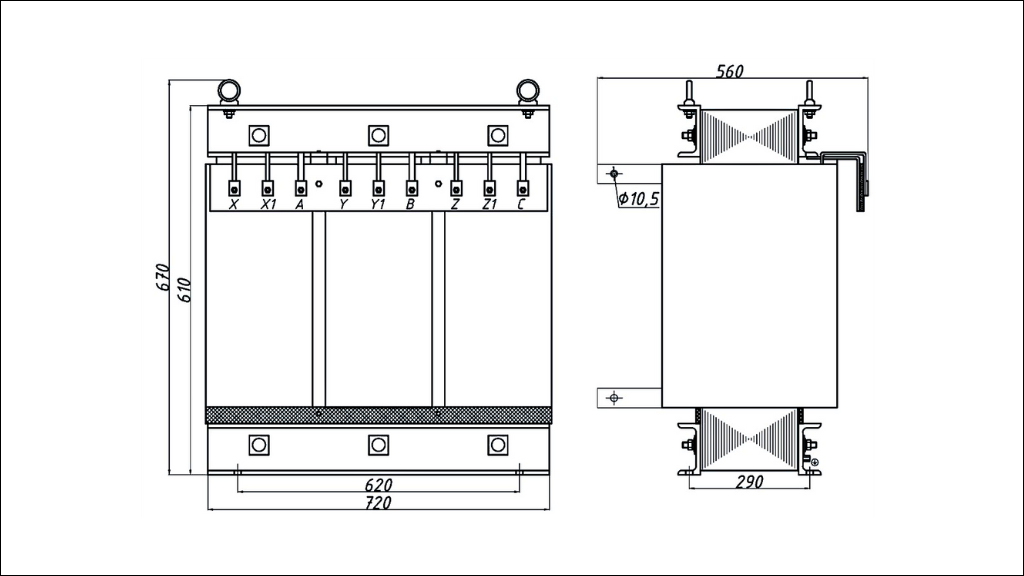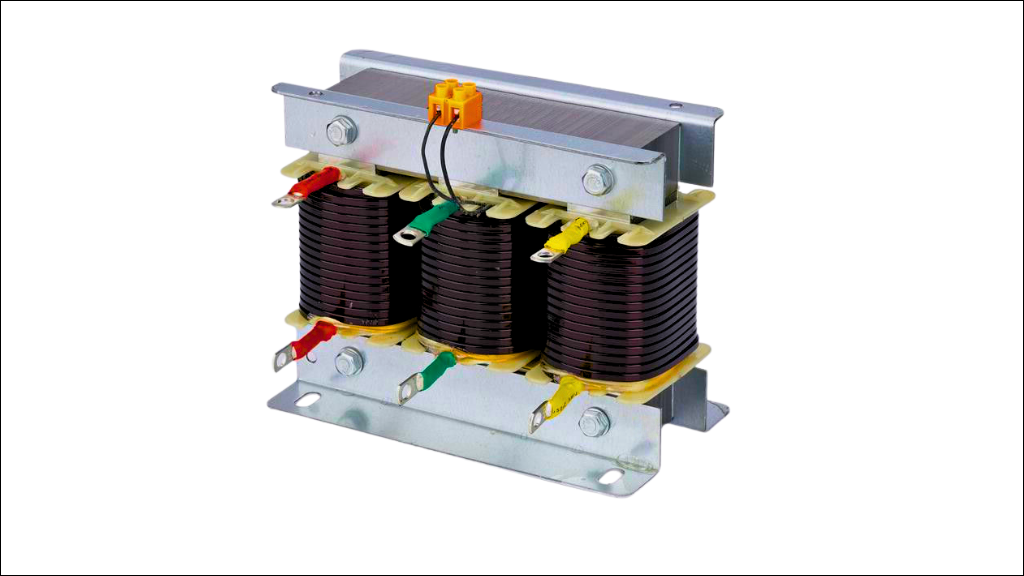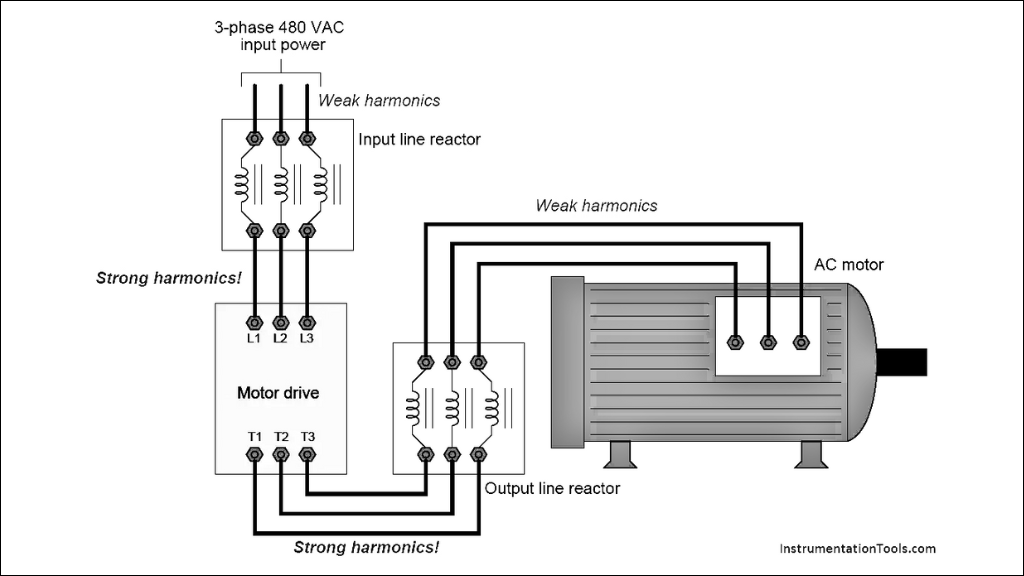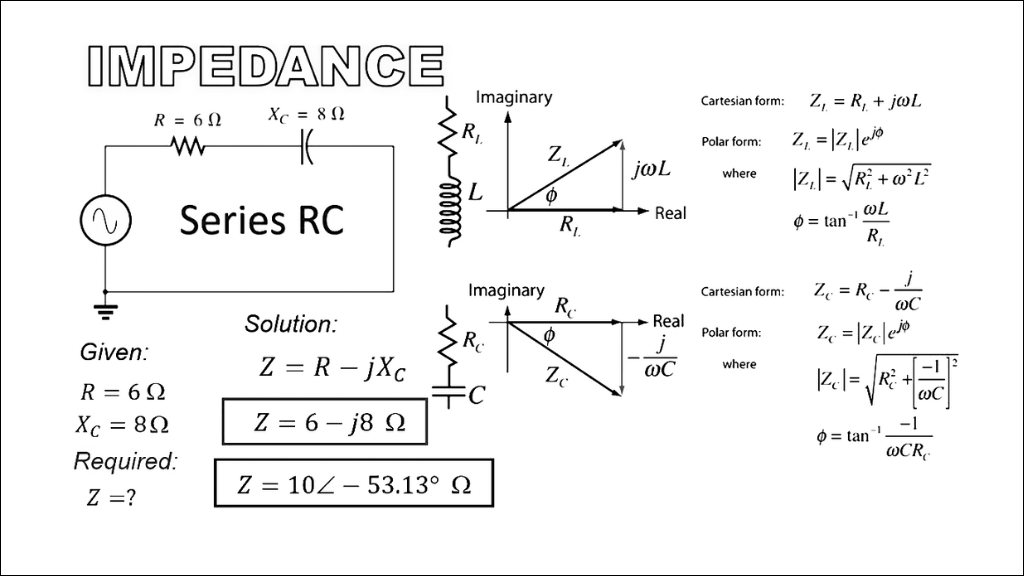A line reactor is an essential part of an electrical system that regulates the flow of electricity. A line reactor works by controlling the flow of electricity in an electrical system.
Line reactors are commonly used in various industries, including manufacturing, oil and gas, automotive, and HVAC.
What Is A Line Reactor?
A line reactor is an electro-magnetic device made of metal and wires. Inside, there’s a steel core wrapped with coils of copper wire. When electricity flows through these coils, it creates a magnetic path. This magnetic path helps control the flow of electricity.

Line reactors also help reduce extra electrical signals that can cause problems and protect other devices connected to the same electrical system. Simply, a line reactor helps control electricity and keeps other devices safe.
Types Of Line Reactors
There are mainly two types of Line Reactors – AC line Reactors & DC Line Reactors.
AC Line Reactors
AC or Alternating Current line reactors are used in AC electrical systems. It helps regulate the flow of electricity, smooth fluctuations, and protect devices from power surges.

AC line reactors are commonly used in manufacturing plants to ensure stable power supply to machinery and equipment.
DC Line Reactor
DC or Direct Current line reactors are used in DC Electrical Systems. It’s similar to AC line reactors. DC line reactors control the flow of direct current, reduce voltage chokes, and protect devices from damage.

They are often used in applications like renewable energy, battery charging, and DC motor drives.
Uses Of Line Reactor
Line reactors are commonly used in the following situations –
- Sudden increases in electrical power, like surges or sudden changes
- To control the speed of motors using Variable Frequency Drives (VFDs)
- Increase of distortion in the electrical current, especially if it’s over 5%
- Line reactors are used to turn on big machines or to use heavy equipment that puts a lot of strain on the electrical system.
In simple terms, line reactors are helpful in the aforementioned scenarios to stabilize the electrical system, protect devices, and ensure everything runs smoothly, even under tough conditions.
What Does A Line Reactor Do (The Working Process)
A line reactor works by controlling the flow of electricity in an electrical system. It’s like a regulator that keeps the power moving smoothly without any sudden changes.
Inside a line reactor, there are wire-wrapped coils around a core; these coils are usually made of steel. A magnetic field is created when electricity passes through these coils. This magnetic field helps slow down the flow of electricity.

A line reactor helps stabilize the power supply by slowing down the flow of electricity. It prevents sudden drops in voltage, which saves damage to sensitive equipment like computers or machinery.
Line reactors also help reduce electrical noise or interference that disrupts the operation of other devices nearby. They act like filters, cleaning the power supply and ensuring everything runs smoothly.
In some cases, line reactors are also used to increase the impedance or resistance in a circuit. This helps protect equipment from damage during a short circuit, where too much current flows through the system.
Overall, line reactors play a crucial role in keeping electrical systems stable and reliable, ensuring that everything from lights to machinery works properly without any hiccups.
Understanding Reactor Impedance
Reactor impedance is like a protection for electricity in a line reactor. Impedance slows down the flow of electricity to stabilize the power supply and protect devices from sudden surges.

Line reactors are rated by impedance. Most common line reactor impedances range from 3-5%. A 3% impedance improves power factor and reduces harmonics, while 5% is used for more severe cases.
Higher impedance, like 10%, can offer better motor protection when the motor is far from the VFD. You can follow IEEE 519 standards to limit total harmonic distortion (THD) to 5% for power line stability.
Selecting The Right Line Reactor
Selecting the right line reactor is important to ensure a smooth and safe-running electrical system. Here are some key factors to consider when choosing a line reactor:
- Impedance rating – higher ratings offer better protection.
- Ensure it can handle the maximum current in your system.
- Match the voltage rating to your electrical system.
- For some applications – VFDs may need higher impedance.
- Check size and installation requirements.
- Confirm compliance with safety standards.
By carefully considering these factors, you can select the right line reactor to optimize the performance and safety of your electrical system. If you’re unsure about which line reactor to choose, you can simply visit Hermitage Automation for advanced line reactors for various industries from leading manufacturers.
Conclusion
A line reactor works like a traffic controller for electricity. It helps keep the flow of electricity steady and protects devices from sudden changes or surges in power. By adding stability to electrical systems, line reactors ensure that your equipment and systems run smoothly and safely.



